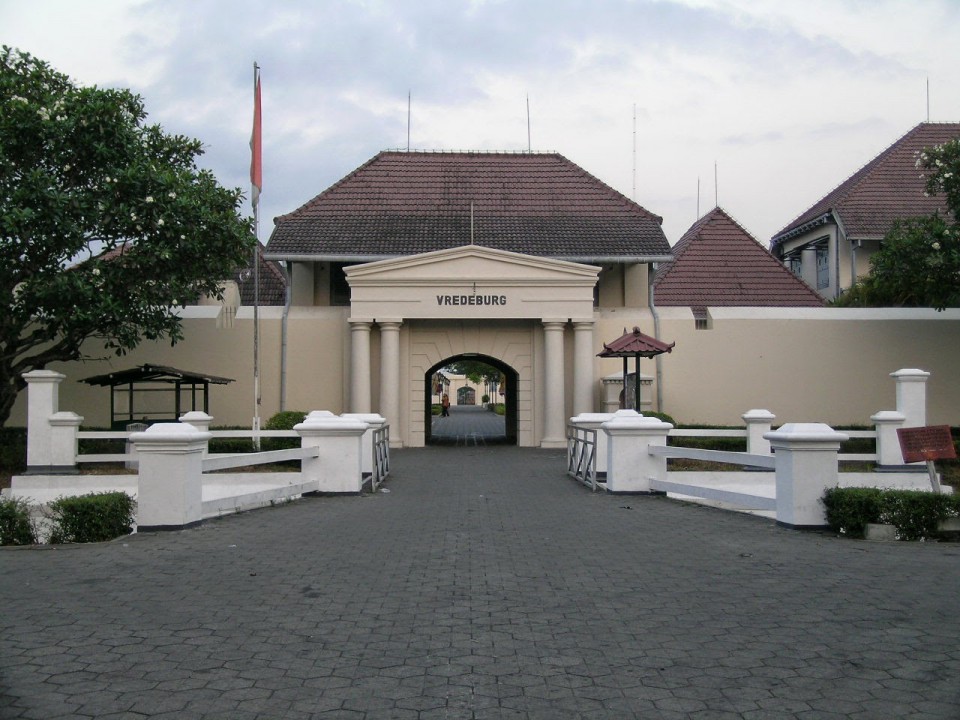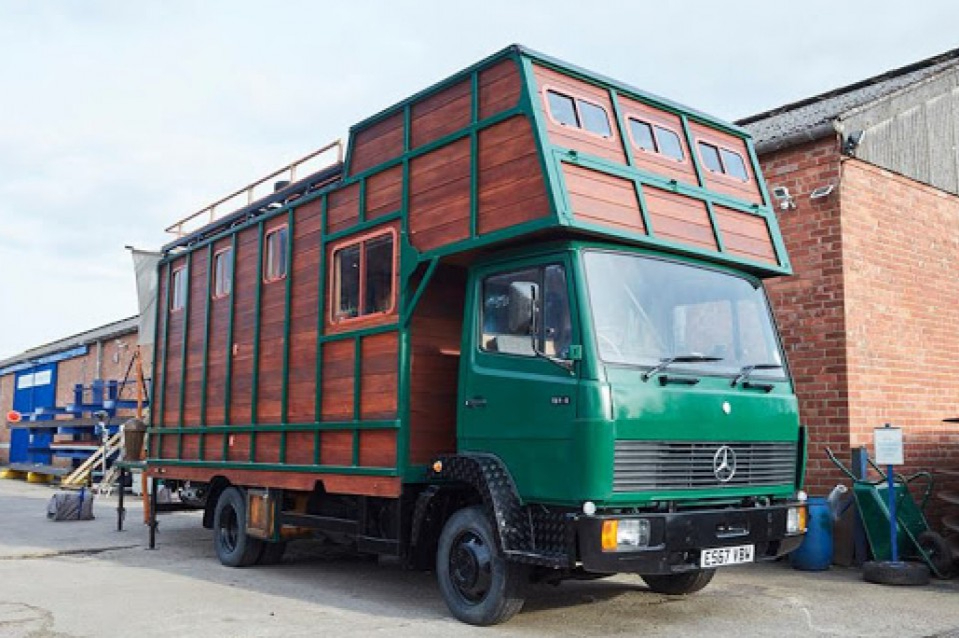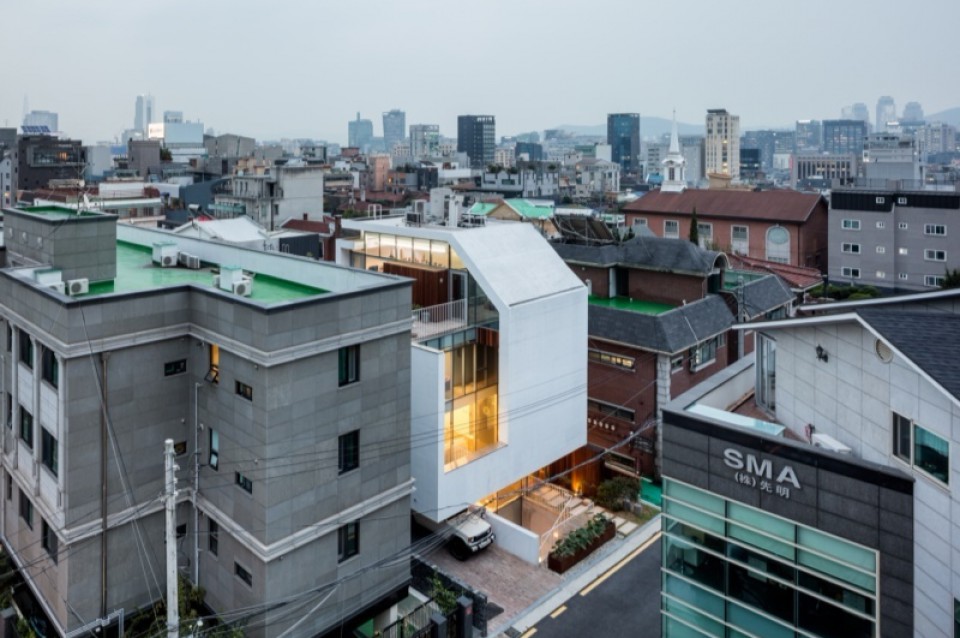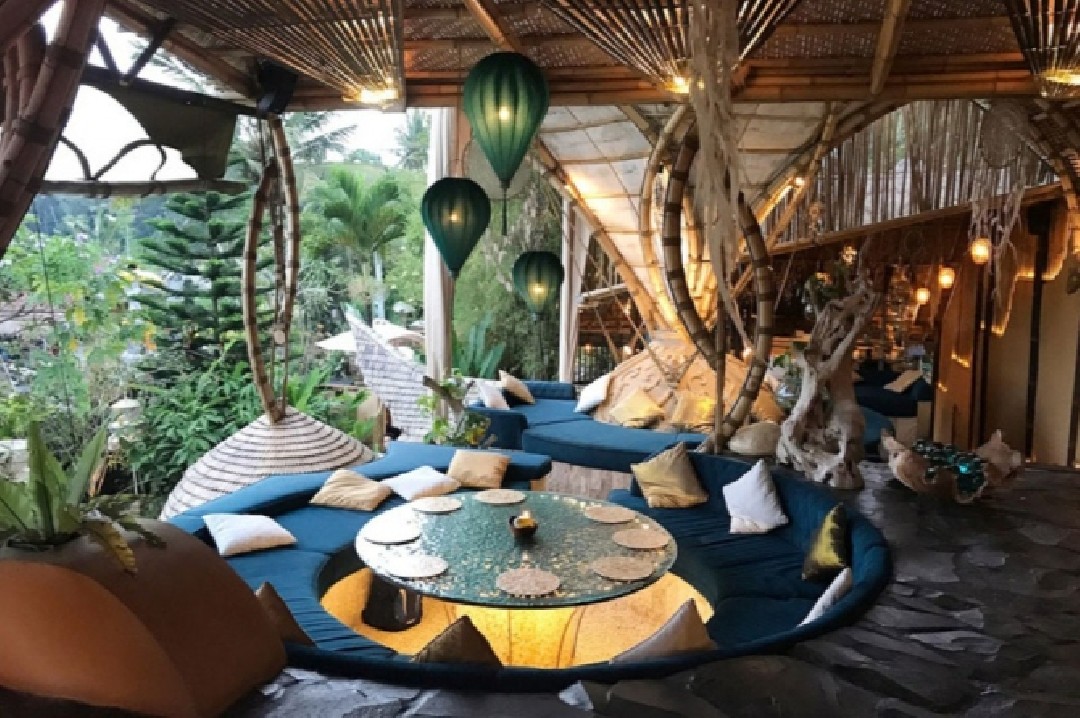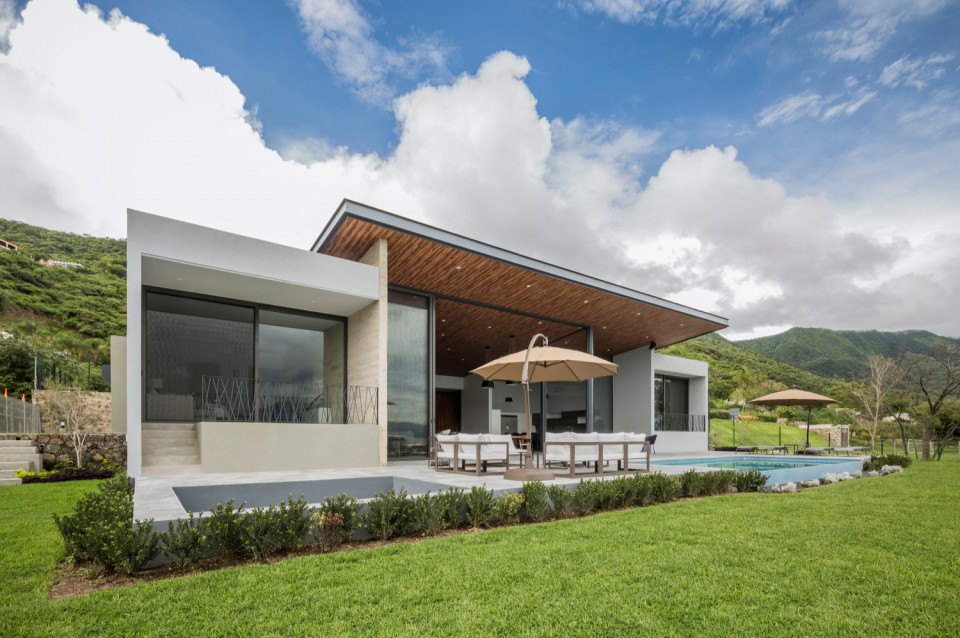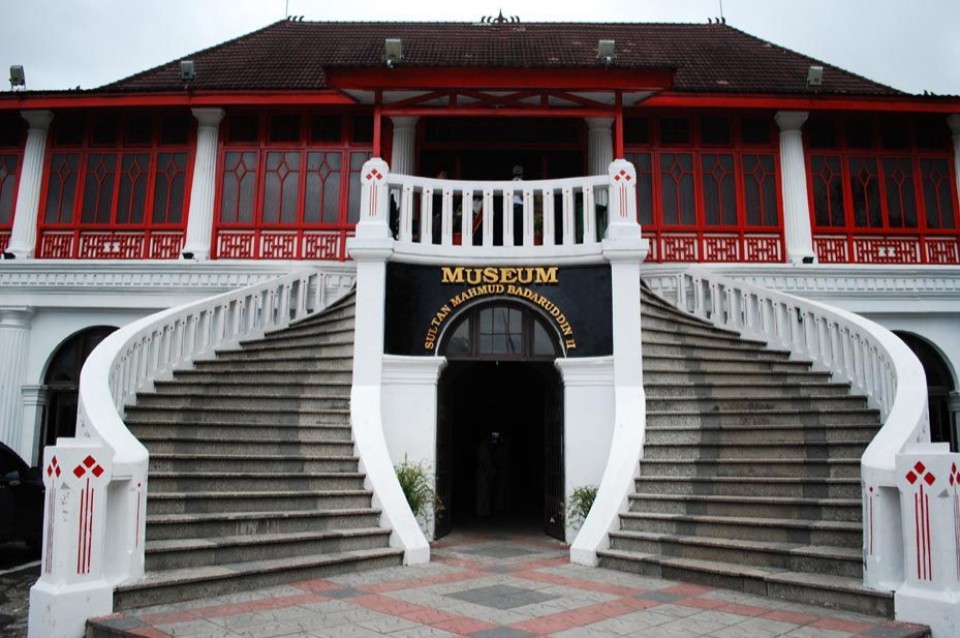10 Historical Places in Indonesia That Still Attract Tourists
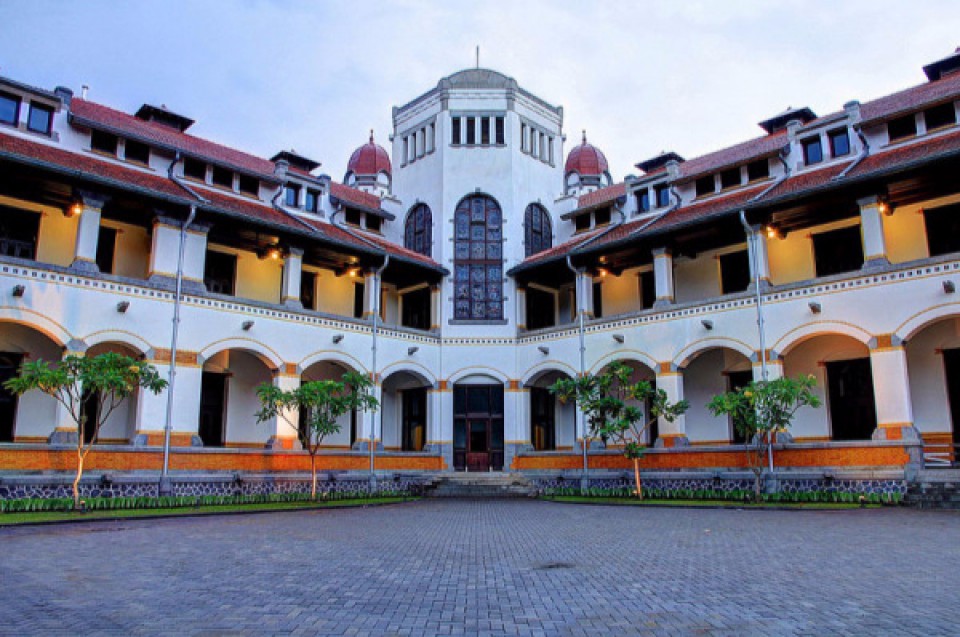
In celebration of Indonesia's Independence Day, which falls on August 17th, it's important to get to know some of Indonesia's historical buildings located in various regions. These buildings not only serve as regional icons but are also places of tourism rich with historical stories. Let's explore these ten historical buildings below!
-
Jam Gadang
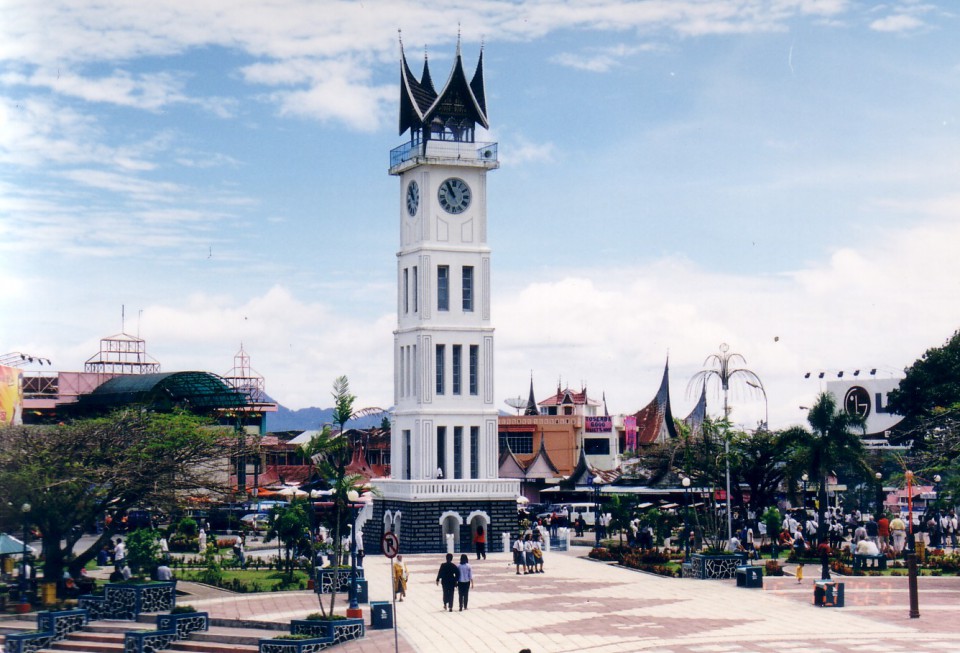
Who doesn't know this iconic structure? The Jam Gadang, a landmark in West Sumatra, particularly in Bukittinggi, is legendary. This clock tower is a famous tourist attraction. Completed in 1926, Jam Gadang, which means "big clock," stands at a height of approximately 26 meters. It was a gift from the Queen of the Netherlands to Rook Maker, the city secretary of Bukittinggi during the Dutch East Indies era.
2. Maimun Palace
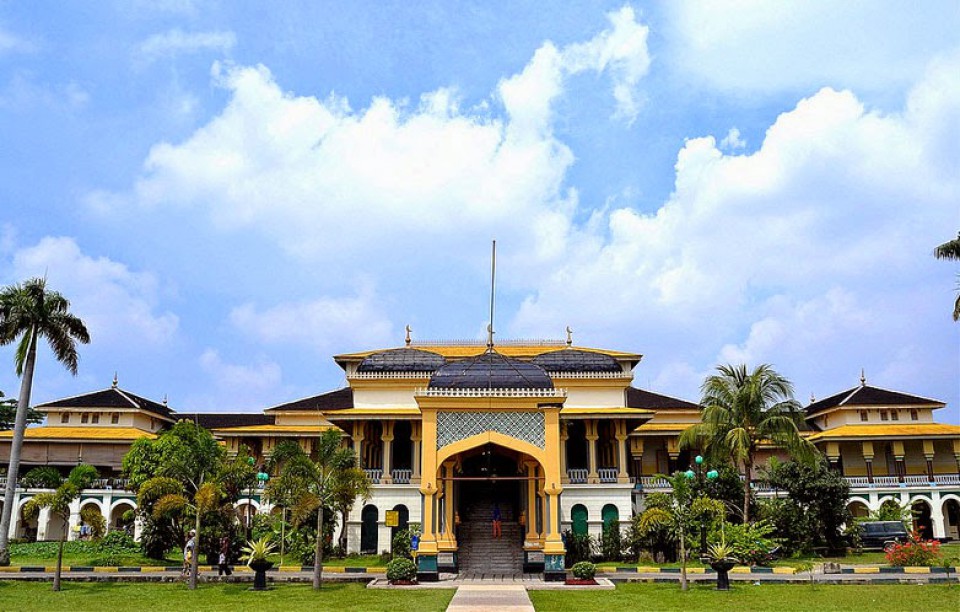
Still in the Sumatran archipelago, Maimun Palace is an iconic building in North Sumatra, precisely in Medan. Built by Sultan Deli, Sultan Mahmud Al Rasyid, this structure is visually stunning. Designed by an Italian architect, it combines Malay cultural heritage with elements of Islam, Spain, India, and Italy, resulting in a unique and attractive building.
3 . Istiqlal Mosque
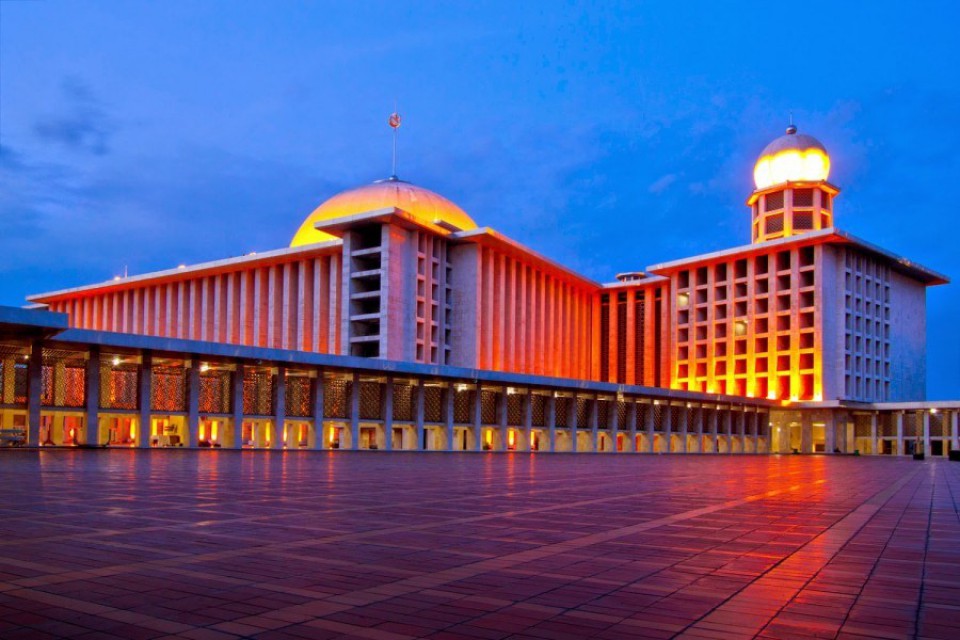
This building is not only historical but also renowned for being the largest mosque in Southeast Asia. Located in the heart of the capital, Jakarta, it is Indonesia's national mosque. Its construction was initiated by President Ir. Soekarno and began on August 24, 1951. The design, created by renowned architect Frederich Silaban, who was a Protestant Christian, showcases modern architectural beauty with marble floors and geometric steel ornaments.
4. Gedung Sate
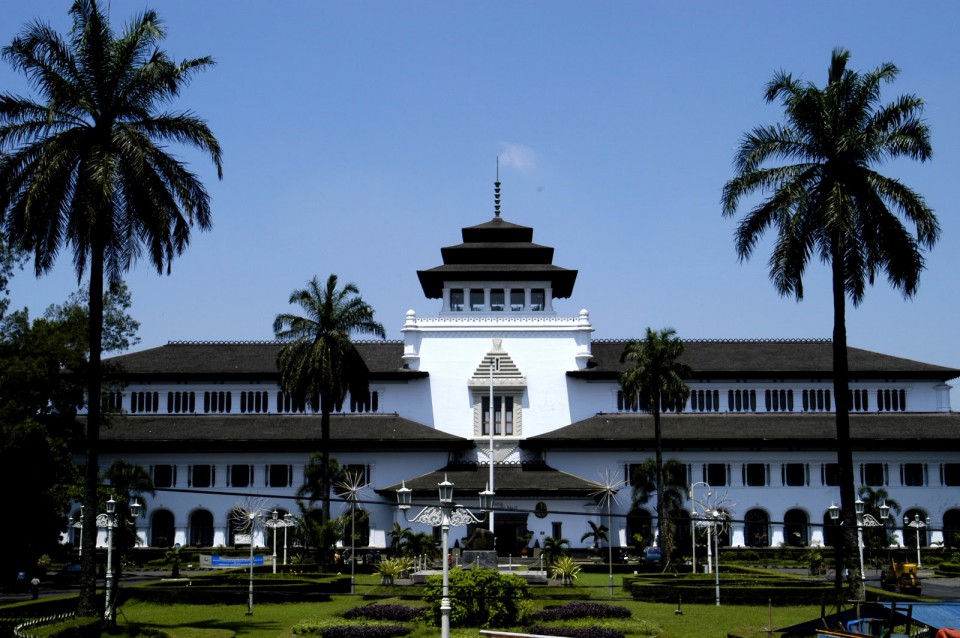
For residents of Bandung, this building needs no introduction. It's known for its uniqueness, especially the satay-like ornaments at the top of its tower. This somewhat old building is still actively used as the government center of West Java. Its architecture is the result of the work of Ir. K. Gerber and his design team, with input from Dutch architect Dr. Hendrik Petrus Berlage, giving it a traditional Indonesian architectural feel from the Dutch East Indies era.
5. Lawang Sewu
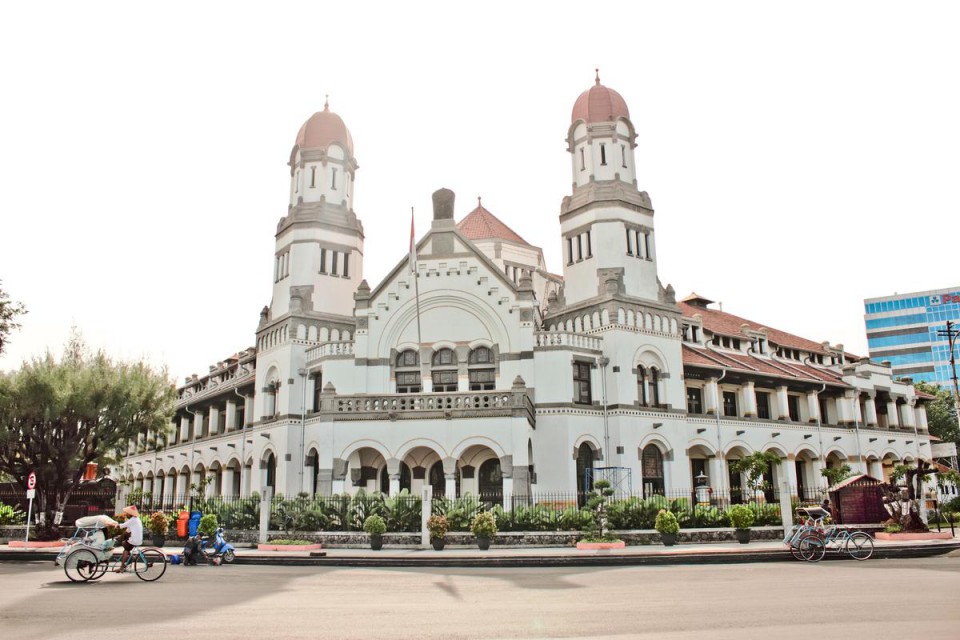
This building is not only an icon of Semarang but is also known for its mystique. Lawang Sewu, which means "Thousand Doors," indeed has numerous doors within it. Its construction, spanning three years from 1904 to 1907, served as the office for the Dutch East Indies government in the city.
6. Fort Vredeburg
This grand location is in the cultural and academic city of Yogyakarta. Situated in the city center near point zero, it now functions as a museum. Originally, this majestic fort with four corner watchtowers was used for defense and as the residence for the Dutch Resident.
7. Taman Sari
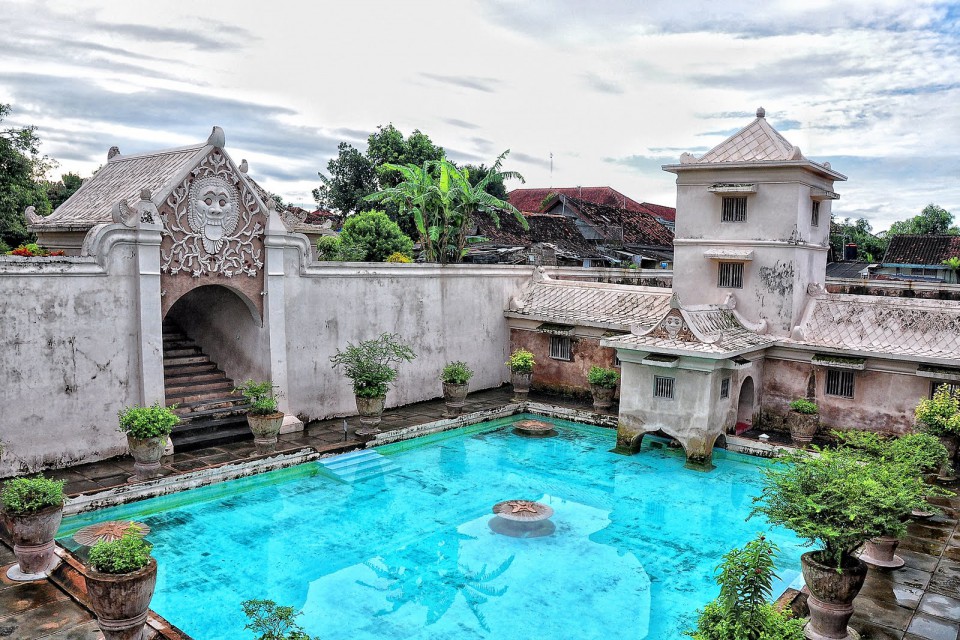
Taman Sari, a part of the Yogyakarta Palace, consists of various structures, including bathing pools, a suspension bridge, an artificial lake, and underground tunnels. It's famous for its bathing pools, which were once used by the king's princesses.
8. Cathedral Church
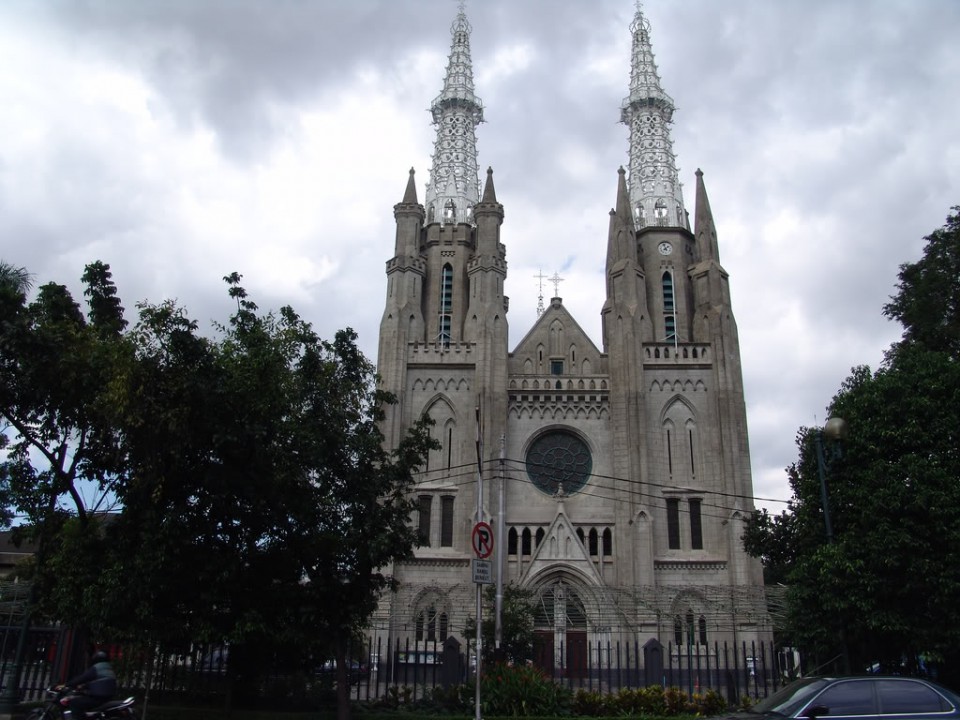
This place of worship features captivating architecture. With a Gothic design, the church is designated as a cultural heritage site. Officially in use since 1901, it stands proudly and elegantly in the heart of Jakarta. It's not far from Istiqlal Mosque. The ancient bells in its twin towers were crafted between the 1800s and 1900s.
9. Fort Rotterdam
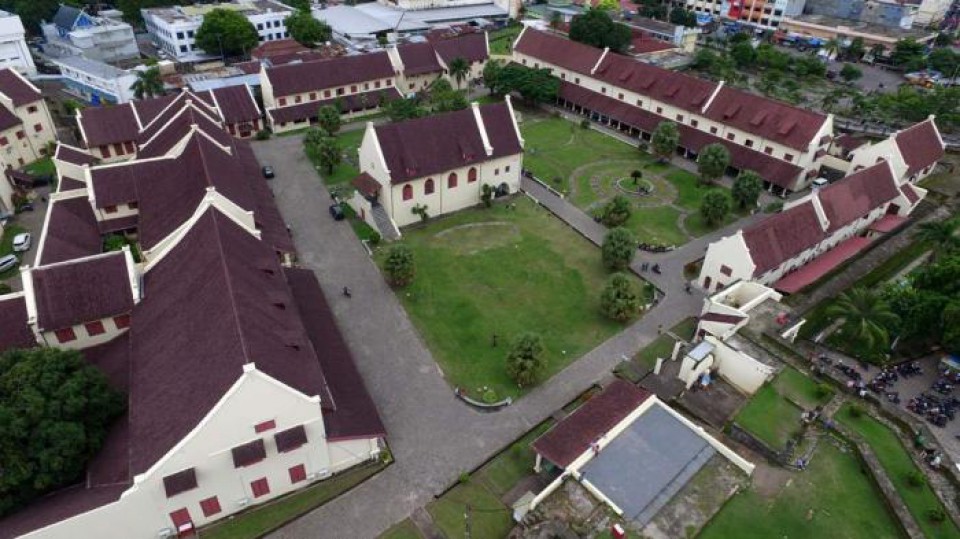
From South Sulawesi's capital, Makassar, comes an ancient fort. Originally built in 1545 during the reign of the Gowa-Tallo kingdom, it was later renamed Fort Rotterdam when the Dutch occupied the area. The fort served as a spice storage center for the eastern part of Indonesia during the Dutch era.
10. Mahakam Bridge
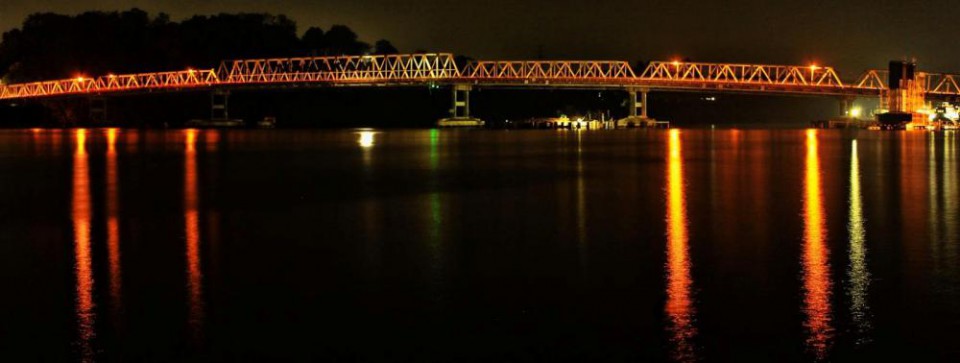
While not a building, this bridge has become an icon for Samarinda, East Kalimantan. The Mahakam Bridge stretches along the Mahakam River for 710 meters. Besides serving as a transportation route, it's also a tourist attraction, especially during sunset when the lights on its poles and cables create a beautiful spectacle.

